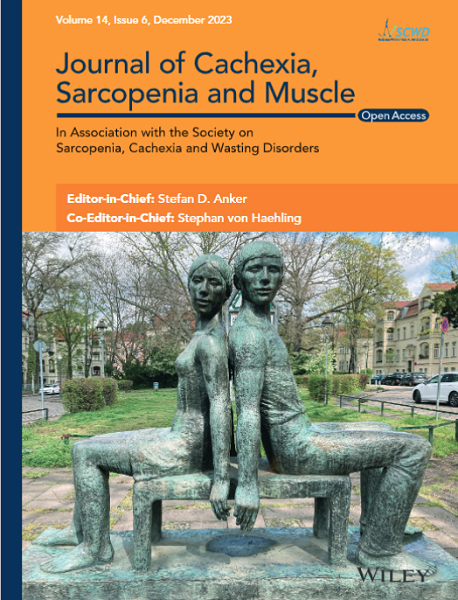Dysferlin plays a key role in cell membrane repair; its absence or malfunction in patients with dysferlin-deficient limb girdle muscular dystrophy leads to muscle fibre death. Muscle magnetic resonance (MR) imaging allows non-invasive and repeatable measurements that can report on pathological changes observed in dysferlinopathy patients (DP). We aimed to demonstrate the feasibility of utilising volume-localised 23Na spectroscopy as a novel approach to characterise muscle Na+ content and biexponential T2* at rest, and dynamically post-exercise, in patients with dysferlinopathy and in matched healthy controls.
Adult DP and age and sex matched healthy volunteers (HV) were recruited and scanned on a 3 T clinical MR scanner. Following baseline scans, participants performed physiotherapist-guided isometric dorsiflexion contractions until tibialis anterior (TA) muscle exhaustion. Dynamic volume-localised sodium-23 (23Na)- and proton (1H)-MR scans were acquired serially for 35 min post-exercise. MR data were analysed to determine TA lipid content, change in TA sodium content, biexponential sodium T2* properties and TA water 1H T2.
Ten DP (mean age ± standard deviation [SD]: 38.0 ± 10.8 years; 80% female) and 10 HV (mean age ± SD: 38.9 ± 11.5 years) were scanned. Baseline muscle water 1H T2 and sodium concentration were significantly higher in DP compared to matched controls (1H T2 DP [SD] = 33.8 [2.7] ms, 1H T2 HV = 29.3 [1.1] ms, p < 0.001; [23Na]DP = 36.2 [11.4] mM, [23Na]HV = 19.6 [3.1] mM, p < 0.001). 1H T2 and sodium content in healthy controls showed significant post-exercise elevation with a slower time-to-peak for sodium content compared to 1H T2. 1H T2 and sodium content change post-exercise was highly variable in the DP group. Notably, 23Na dynamics in one DP with normal muscle fat fraction were similar to HV. Biexponential 23Na T2* was measured at baseline in HV (T2*slow = 13.4 [2.3] ms, T2*fast = 2.2 [1.3] ms), and DP (T2*slow = 14.0 [1.5] ms and T2*fast = 1.0 [0.5] m). Equivalent measurements post-exercise revealed an increase in the fraction of the slow-relaxing component in HV (p < 0.05), consistent with oedematous changes.
Assessment of TA muscle fat fraction, 1H T2, sodium content and sodium T2* relaxation properties revealed differences at baseline and in post-exercise dynamics between patients with dysferlinopathy and matched controls. Post-exercise 23Na recovery dynamics followed a well-defined time course in HV. Heterogeneous alterations in sodium content and MR relaxation properties in DP may reflect altered ion homeostasis associated with chronic muscle damage.



